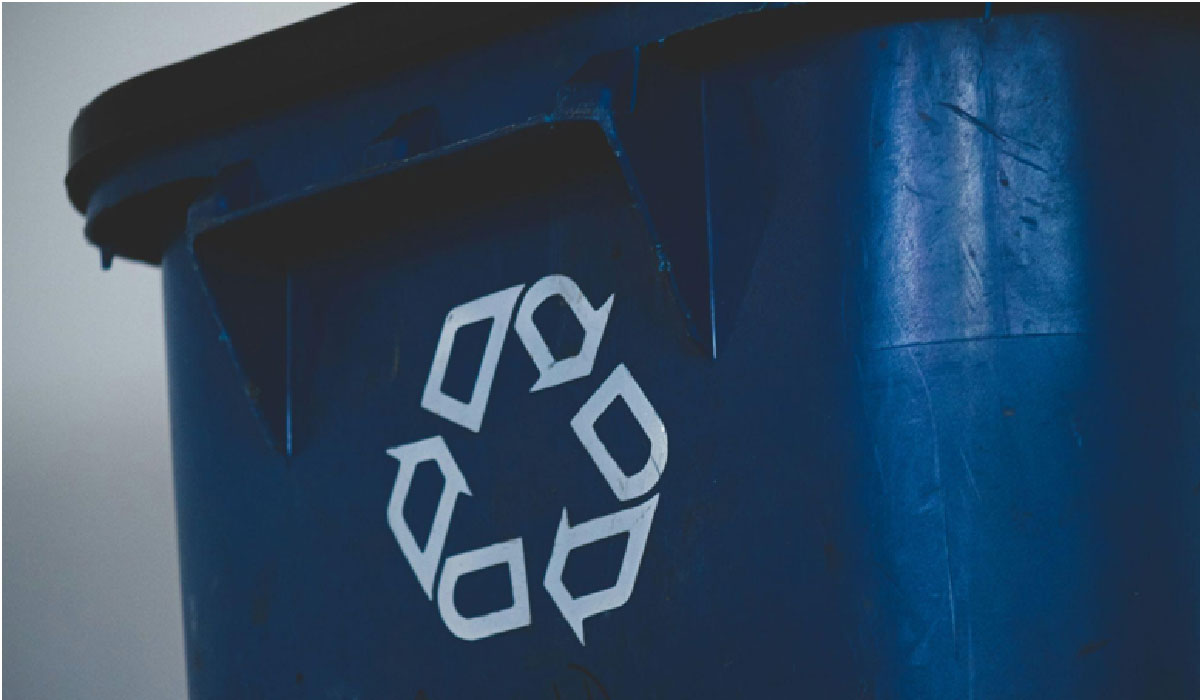Introduces practical ways to reduce waste through effective recycling methods using skip bins.
Covers essential tips on setting up a recycling system, including sorting, rinsing items, and avoiding common recycling mistakes.
Explains how to choose the right skip bin size and type to suit specific recycling needs for households or businesses.
Offers additional tips for maximizing recycling impact, such as setting up a dedicated recycling station and scheduling regular waste pickups.
Waste reduction is no longer just a trend—it’s a necessity in our modern world. With our growing awareness of environmental impact, finding practical ways to minimize waste and increase recycling has become essential. One easy and effective method to tackle household or business waste is through skip bins. By using skip bins, people can sort, recycle, and manage waste more efficiently, helping reduce landfill contributions and fostering a cleaner environment.
In this guide, you’ll learn tips on how to make the most of skip bins for responsible recycling. We’ll explore ways to identify recyclable materials, avoid common pitfalls, and organize a straightforward recycling process that fits easily into your daily routine. Let’s dive into these simple steps to make waste management a sustainable habit.
Getting Started with Sustainable Waste Management
To kick off any recycling effort, understanding what waste management entails is key. Many people find recycling a bit overwhelming at first, but it really comes down to setting up a system and sticking to it. Skip bins offer a convenient solution by allowing you to manage your waste in one place, making recycling easier and more accessible.
Begin by familiarizing yourself with the different types of waste. For instance, household waste usually includes items like paper, plastic, and organic materials, each of which requires a different approach to recycling. Sorting recyclable materials from general waste helps prevent contamination and increases the chances that materials can be repurposed. Additionally, proper sorting means that once your skip bin is collected, it’s easier for waste facilities to handle the items in an environmentally friendly way.
By starting with the right approach, you’ll not only reduce waste but also create a sustainable routine that benefits the planet. A good waste management plan begins with small steps, and as you learn what can and can’t be recycled, the process becomes second nature.
Easy Steps for Recycling Success
Recycling is most effective when it’s part of a structured routine, and using skip bins can simplify the process. The first step is to set up a designated recycling area, either indoors or outdoors, depending on the space available. Having a central spot makes it easy for everyone in your household or team to separate recyclables from general waste immediately.
As you organize this space, consider ways to maximize skip bin recycling efforts by sorting materials as they go in. For instance, have different bins for items like glass, plastic, and cardboard. This makes recycling not only easier for you but also for the facility that processes your skip bin once it’s collected. Some skip bin providers even offer special bins designed to handle particular materials, making it even more convenient to sort.
Lastly, it’s helpful to familiarize yourself with local recycling regulations. Certain areas have guidelines on how materials should be sorted, which may vary depending on the type of waste. By understanding these, you can ensure that the recycling collected in your skip bin goes directly toward repurposing rather than ending up in a landfill. Setting up your skip bin to work within these guidelines will keep your waste management as green as possible.
Common Recycling Mistakes to Avoid
Even with the best intentions, it’s easy to make mistakes when using skip bins for recycling. One frequent issue is “wish-cycling”—when people toss items into the bin hoping they’re recyclable. Unfortunately, this can lead to contamination, as non-recyclable materials can ruin an entire batch of otherwise good recyclables, diverting them to the landfill instead.
To avoid this, double-check materials before putting them in your skip bin. Items like plastic bags, greasy food containers, and electronics are commonly mistaken as recyclable. Make a quick checklist of what can and cannot go in the skip bin, and post it near your recycling area for easy reference. Another mistake is failing to rinse containers. Residual food or liquids can leak, causing contamination. A quick rinse goes a long way in ensuring materials are processed correctly.
Additionally, remember to avoid overloading the bin. Overflowing skip bins can lead to improper waste handling, or waste falling out during transport, causing litter and environmental hazards. By keeping these points in mind, you can ensure that your recycling efforts are efficient and truly beneficial.
Choosing the Right Skip Bin for Your Needs
When it comes to maximizing recycling, the right size and type of skip bin can make all the difference. Skip bins come in a variety of sizes, and choosing one that fits your needs not only saves you money but also encourages efficient waste separation. If you have a small household or just a few recyclables each week, a compact skip bin might be perfect. For larger volumes of waste, or commercial use, a bigger skip bin could handle the load without needing frequent pickups.
The type of skip bin matters as well. Some companies offer bins specifically designed for recyclables, while others provide bins meant for mixed waste. Opting for a recycling-specific bin can simplify your sorting efforts and streamline the recycling process. If you’re unsure about what size or type you need, ask the skip bin provider for recommendations based on your expected waste volume.
Lastly, consider the bin’s placement. A convenient location—preferably near your main recycling station or waste-generating area—makes it easier to use consistently. With the right setup, you’ll make recycling a natural part of your routine, minimizing waste and maximizing your positive impact on the environment.
Tips for Maximizing Your Recycling Impact
Once you have a system in place, you can go a step further by finding ways to make the most of your recycling efforts. One effective approach is to set up a dedicated recycling station. This could be a simple shelf or area in your garage, kitchen, or yard where all recyclables are sorted before they go into the skip bin. Having a designated station helps maintain order and reminds everyone in your household or workplace to recycle regularly.
Another great tip is to schedule regular pickups for your skip bin, especially if you generate a large amount of recyclable waste. Frequent pickups prevent overflow and make it easier to manage recycling without letting items pile up. For businesses or larger households, partnering with a waste management service can offer even more convenience and help you maintain a clean, organized recycling area.
Encouraging participation among family members or employees also boosts recycling rates. Teach everyone involved about the basics of recycling and why it’s beneficial. When everyone understands what can and can’t be recycled, the process becomes faster and more efficient, leading to less waste and greater impactflixier.
Conclusion
Taking small, manageable steps toward better recycling can lead to meaningful change over time. By setting up a clear system, avoiding common mistakes, and choosing the right skip bin for your needs, you’re already making a significant difference in reducing waste.
Remember, the journey to sustainability is about consistency. With the right tools and a bit of dedication, responsible waste management becomes an easy habit that benefits not only you but also the environment. Start today, and watch how these simple practices make your recycling efforts truly effective.
For more information Visit Megamagazine














